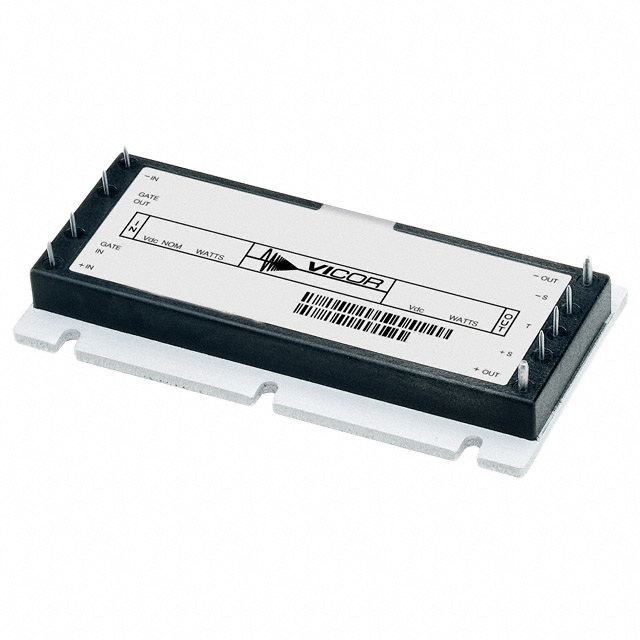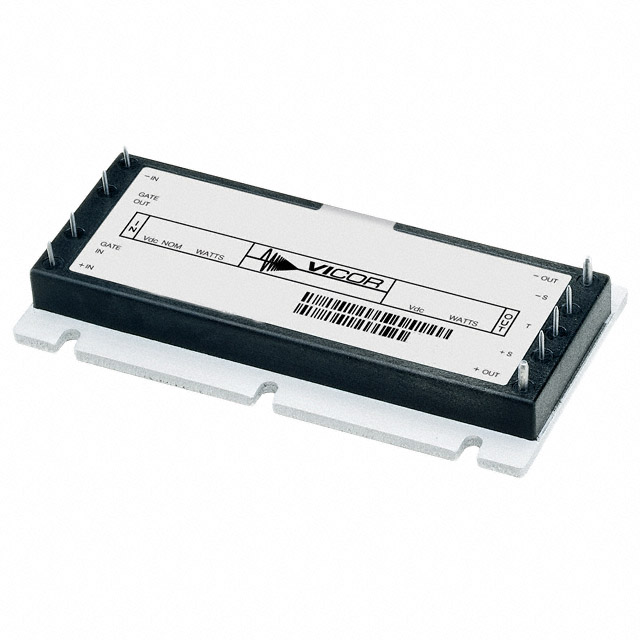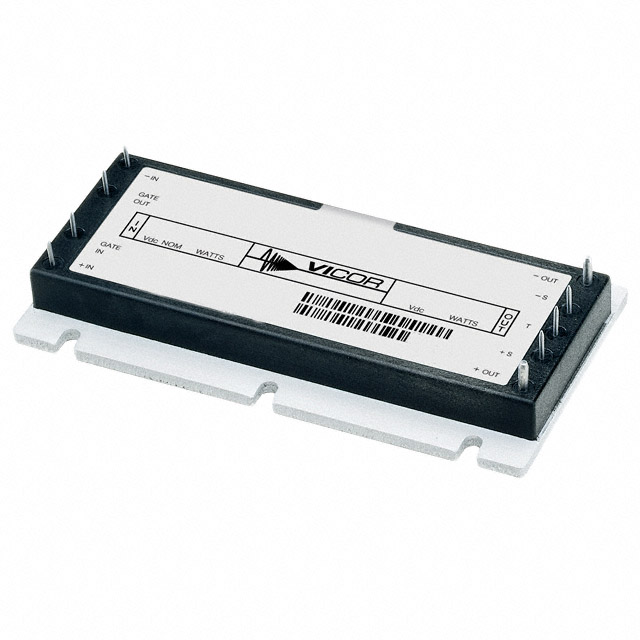
Blood Pressure Monitor (NIBP) Electronics: AFE, Pump & Algorithms
Global electronic component supplier ERSAELECTRONICS: Rich inventory for one-stop shopping. Inquire easily, and receive fast, customized solutions and quotes.
Overview
A Blood Pressure Monitor (NIBP) estimates systolic (SYS), diastolic (DIA) and mean arterial pressure (MAP) by analyzing tiny pulsations superimposed on the cuff pressure during carefully controlled inflation or deflation. Compared with invasive lines, a non-invasive Blood Pressure Monitor must deliver repeatable results across users, cuff sizes and environments while remaining quiet, fast and comfortable. That pushes the electronics toward three priorities: (1) a low-noise pressure AFE/ADC tuned for sub-mmHg resolution, (2) pneumatic hardware that produces smooth ramps without hiss or chatter, and (3) robust oscillometric algorithms resilient to motion, irregular rhythm and imperfect cuff placement. Modern connected models add BLE and secure update paths, but the core mission stays the same: the Blood Pressure Monitor turns delicate pressure ripples into reliable numbers with transparent quality indicators.
.png?x-oss-process=image/auto-orient,1/quality,q_70/format,webp)
Pressure Signal Chain
Cuff pressure equals a slow DC ramp plus a small AC component from arterial pulsations (often only tenths of a mmHg). The Blood Pressure Monitor preserves this small AC while tracking the larger DC across the entire window. A two-path pipeline is common: a low-bandwidth path captures DC for control and quality checks (leak, occlusion, over-pressure), while a band-pass path (≈0.5–10 Hz) isolates pulsations. Sampling at 200–500 SPS with stable timing resolves heart-rate dynamics and enables reliable envelope estimation. Proper anti-alias filtering is mandatory—PWM harmonics from pump or valve can otherwise fold into the oscillation band and confuse the algorithm.
- Noise & Resolution: Effective noise floor <1 mmHgRMS keeps the envelope above quantization. The Blood Pressure Monitor uses low-drift resistors, quiet references and clean layout (short sensor leads, Kelvin connections, analog ground isolated from motor return).
- Linearization: Bridge nonlinearity biases MAP. A Blood Pressure Monitor applies LUT or piecewise trim from factory points; temperature coefficients are compensated in firmware or by sensor internals.
- Leak & Occlusion Checks: DC path supports sanity tests—no-cuff, over-pressure, deflation-rate watch. With leaks, the Blood Pressure Monitor can switch to step-deflate where the envelope is easier to measure.
- EMI/EMC Controls: Snubbers on coils, ferrites on motor leads, shielded routing and star grounds prevent PWM edges from polluting the front end, improving repeatability and perceived quality.
.png?x-oss-process=image/auto-orient,1/quality,q_70/format,webp)
Oscillometric Algorithms
The oscillometric principle assumes the pulse-induced amplitude vs. cuff pressure forms a bell-shaped envelope whose peak corresponds to MAP. A Blood Pressure Monitor finds this peak, then maps fractional amplitudes along the rising and falling slopes to systolic and diastolic using validated constants. Real data contain motion, valve jitter, respiration and irregular rhythm; therefore the algorithm pairs signal processing with quality gating so the Blood Pressure Monitor stops early when confidence is high and retries when the envelope is corrupted.
- Pre-processing: Band-pass isolates 0.5–10 Hz; the Blood Pressure Monitor rectifies or uses analytic amplitude, then low-passes to form the envelope. Robust estimators clip coughs and step noise.
- Envelope Tracking: During deflation the Blood Pressure Monitor tracks peak amplitude and detects decline, preventing premature termination on weak pulses. Inflation-mode variants mirror the logic with safeguards against over-tight cuffs.
- Sys/Dia Mapping: Cuff pressures at ksys·Amax and kdia·Amax are recorded; constants depend on ramp style and filters. A careful Blood Pressure Monitor stores constant versions for traceability.
- Motion & Rhythm Handling: Accelerometer features and beat-shape metrics flag segments for down-weighting. If rhythm irregularities block mapping, the Blood Pressure Monitor declares no-result instead of guessing.
- Quality & Confidence: Outputs include motion, cuff-fit, envelope-quality and ramp-stability flags so the user knows when to trust a reading.
.png?x-oss-process=image/auto-orient,1/quality,q_70/format,webp)
Power & Safety
- Domains: Separate motor buck from analog rails; reserve a quiet LDO for sensor/AFE. Power sequencing stabilizes reference and IA before enabling pump drive. Brown-out protection ensures the Blood Pressure Monitor never corrupts logs.
- EMI & Acoustics: PWM shifted above the oscillation band reduces coupling. Rubber mounts, flow resistors and mufflers tame hiss—yielding a premium feel and better data.
- Protection: Hardware pressure relief, over-pressure watchdog and a quick-release path protect users if a valve fails. Safe state: stop pump, open exhaust, present clear error on the Blood Pressure Monitor.
- Battery Strategy: Duty-cycle sensing between sessions; pre-charge coils only during transitions. Fuel-gauge estimates help the Blood Pressure Monitor avoid mid-measurement brown-outs and forecast recharge.
Mechanical details—venting, gaskets, cable routing—affect EMI and thermal stability. A thoughtful enclosure often lets the Blood Pressure Monitor rely less on heavy digital fixes.
.png?x-oss-process=image/auto-orient,1/quality,q_70/format,webp)
Compliance
Compliance for a Blood Pressure Monitor typically covers safety (IEC 60601-1), EMC (IEC 60601-1-2), software lifecycle (IEC 62304), usability (IEC 62366) and risk management (ISO 14971). Performance evaluations follow regional or international protocols using reference devices and standardized procedures. Design the Blood Pressure Monitor so each requirement is testable: maintain a traceable chain from hazards to mitigations to verification. Record filter versions, constants and ramp sequences used during validation so field units match the tested configuration. Usability deserves focus: clear cuff graphics, obvious arm position hints and explicit messages (“cuff too loose”, “excess motion”) reduce retries and support costs.
.png?x-oss-process=image/auto-orient,1/quality,q_70/format,webp)
Sample BOM
- Pressure Sensor: 0–300 mmHg absolute bridge, <0.1% FSO drift, low hysteresis, integrated temperature readout. Proven long-term stability benefits the Blood Pressure Monitor in everyday use.
- AFE/ADC: Chopper IA (gain 10–200), quiet reference, 16–24-bit ADC at 200–500 SPS, anti-alias RC plus digital filtering. Calibration data in NVM with CRC so the Blood Pressure Monitor can detect corruption.
- Pneumatics: Low-vibration pump, proportional valve for deflation slope control, solenoid exhaust for quick release, flow restrictors and mufflers. Ramp targets and valve latency compensation specified by the Blood Pressure Monitor.
- MCU: Low-power Cortex-M with DMA, timers for pump PWM and valve control, on-chip crypto for updates. Connected Blood Pressure Monitor units use BLE with privacy-preserving pairing.
- Power: High-efficiency buck for motor, low-noise LDO for AFE, charger with JEITA profile, coulomb-counting fuel gauge. Sense resistor placement keeps motor current out of analog ground—a frequent layout pitfall in Blood Pressure Monitor designs.
- Passives/EMC: Precision resistors (0.1–0.5%), C0G/NP0 caps in IA/reference paths, ferrites on motor lines, RC snubbers, TVS for ESD. Disciplined passives improve day-to-day repeatability of the Blood Pressure Monitor.
- UI/UX: High-contrast display, tactile buttons, icons for motion/cuff fit/battery. The Blood Pressure Monitor should show confidence or recommend retry; hiding uncertainty erodes trust.
.png?x-oss-process=image/auto-orient,1/quality,q_70/format,webp)
Disclaimer: This page describes electronics design aspects of a Blood Pressure Monitor and does not provide medical advice or clinical claims. Regional regulations may differ.
Related Articles
- ·ICD Electronics: Tiny Lightning, Relentless Reliability
- ·Smart Pill Dispensing Electronics: From Missed Doses to Mission Control
- ·Electrosurgery Electronics: Turning RF Into a Surgical Superpower
- ·Endoscopic Imaging Electronics: Tiny Optics, Big Picture
- ·X-ray & CT Electronics: From Kilovolts to Reconstruction
- ·MRI Core Electronics: From Quench to K-Space
- ·IVD Electronics: Tiny Signals, Big Answers
- ·Vital Signs Monitor Electronics: Tiny Signals, Big Decisions
- ·Neurostimulator Electronics: Tiny Pulses, Big Nerves
- ·Pacemaker Electronics: Tiny Joules, Big Heart












.png?x-oss-process=image/format,webp/resize,h_32)










